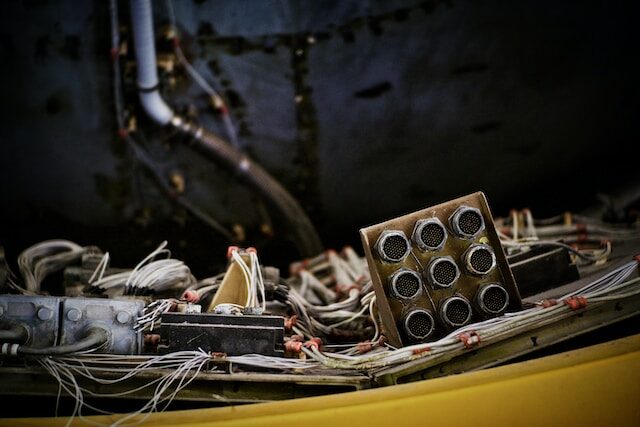Lead, mercury, and cadmium are toxic heavy metals in e-waste that harm humans and animals. They can pollute water systems and cause deformities in newborn babies. Company business practices like making repairs difficult, designing products to deteriorate quickly, and forcing obsolescence add to the problem. Individuals can help decrease e-waste by recycling, repurposing, or selling unwanted devices. They can also support companies that make products that last longer and are easier to repair.
Recycling
As technology advances and newer devices come out, older ones become obsolete. Often, people throw these gadgets away, but this is a bad idea. Old electronics contain dangerous chemicals such as mercury, lead, cadmium, and brominated flame retardants. These toxins can be leached into groundwater and poison local wildlife. One of the most important things you can do to help curb this problem is to recycle your used devices. Recycling electronics can be as simple as making it part of your weekly routine to take your electronics to a recycling center rather than throwing them out with the trash. You can donate your old electronics to charities or second-hand stores. It ensures the device will be used well and not in landfills. Just wipe all your personal information from the device before donating it. It will prevent identity theft and other problems.
Repairing
E-waste (discarded electric and electronic equipment) is the fastest-growing waste stream in the world. It contains toxic substances like lead, mercury, and cadmium that can harm humans and the environment when incinerated or buried in landfills. It also contains hard drives that can be accessed by criminals who search for credit card numbers and other sensitive information. The best way to reduce e-waste is to repair what you can instead of throwing it away. The Right to Repair movement encourages manufacturers to design their products with easily replaceable parts, and some countries are passing laws that require this. The other way to help reduce e-waste is to limit how often you buy new technology and consider purchasing second-hand devices instead. It helps to keep electronics out of landfills and gives your money to people who need it more than you do. Several charities will take used tech off your hands, and many thrift stores offer trading-in programs where you can sell or donate your old items to benefit others.
Selling
Many local charities and second-hand stores will take working electronics off your hands. By reselling these devices, you’re breathing new life into them and keeping them out of landfills. These outlets also help reduce the pressure to upgrade technology frequently, which can cause e-waste. Discarded electronic devices contain heavy metals, including lead, cadmium, and mercury. These toxic elements seep into the soil and water, contaminating them. This contamination can affect the health of the local people and wildlife. It can also limit the use of land for farming.
1.5 tons of water, 48 pounds of chemicals, and 530 pounds of fossil fuels are needed to produce one desktop computer. The same holds for other electronic devices like cell phones. The same goes for cell phones and other electronic gadgets. These gadgets harm the environment, leading to identity theft and phishing scams. The good news is that you can reduce the amount of e-waste you produce by limiting your gadget purchases and recycling them when they’re no longer helpful.
Donating
Despite efforts by recycling companies, governments, and individuals, landfills continue to fill up with e-waste. It is mainly due to short product lifecycles and a need for repair options for breaking down electronic devices. Toxic chemicals seep into the ground and water sources when e-waste breaks down naturally. It risks everything, from plants and land animals to fish and people. These chemicals cause poisoning by damaging the liver, lungs, and kidneys. Donating your old electronics can help reduce the amount of e-waste worldwide. Non-profit organizations accept donations of computers, mobile phones, and other electronics that still work. However, you should ensure that all personal information has been wiped out before donating your equipment. Other ways to cut down on e-waste are to recycle, buy used products, and repurpose functional electronics rather than purchase new ones. For businesses, implementing sustainability practices, partnering with a reputable recycling company, and limiting unnecessary purchases can minimize the amount of e-waste produced.

